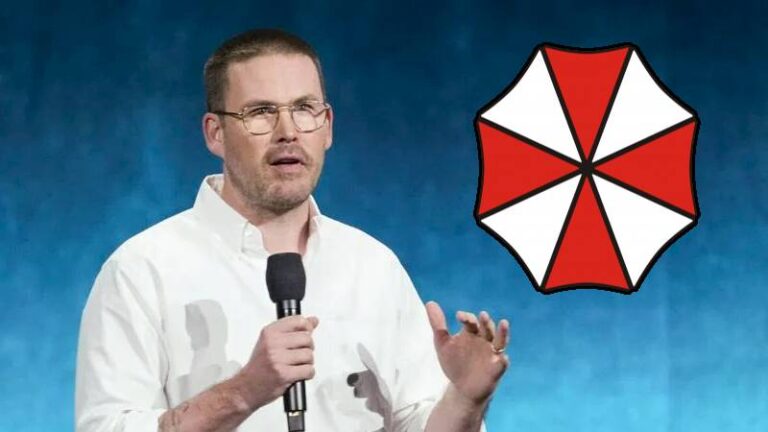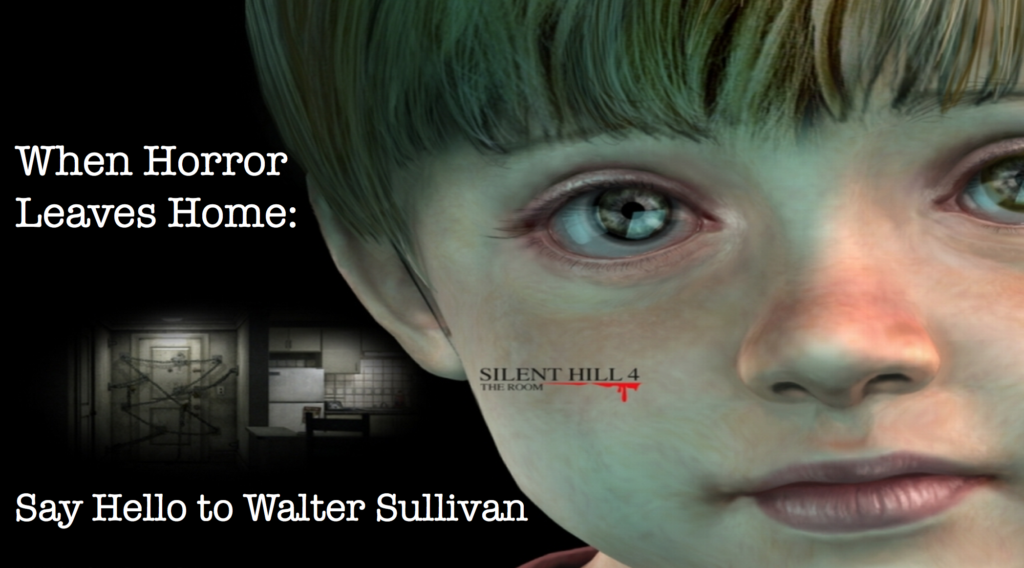
In the previous installment of When Horror Is Home, we discussed Silent Hills and Apartment 302. In part three, we shall explore the life of a dichotomous figure named Walter Sullivan. Furthermore, we shall delve into Walter’s identity as both a victim and victimizer.
In reality, various factors such as genetics, trauma, environment, and personality are suspected to shape serial killers and serial killings. Recently, researcher Abbie Marono and ex-Federal Bureau of Investigation criminal profiler Joe Navarro examined the profiles of serial killers and categorized them into four typologies and three categories of child abuse. The four serial killer typologies are lust and rape, anger, power, and financial gain. Following thereafter, the three categories of child abuse are psychological, sexual, and physical. It must be stated and restated that not all abused children become serial killers and not all serial killers have been victims of abuse. There is also ongoing research between reported abuse within the general population as compared to serial killers. Simultaneously, the circumstances that shape an individual should not be dismissed as merely coincidental.
With this data and framework of serial killers in mind, let’s explore the inner workings of Walter Sullivan. What does violence, trauma, and religious (cult) fanaticism do to a child? In Walter’s case, it transformed his childhood innocence into an adult’s wickedness. Walter’s attempts to cope and find any semblance of joy were in vain due to the bombardment of horrors that met him at every turn in his life. He metes out a shrewd relentless vengeance by trapping his victims in the nightmarish locations of his existence. Sadly, Walter truly believed that his violent actions were justified and sanctimonious. He was instructed that the world could be purified, so he set out to do just that by performing a series of religious tenants that would radically alter his humanity, to include that of his victims.
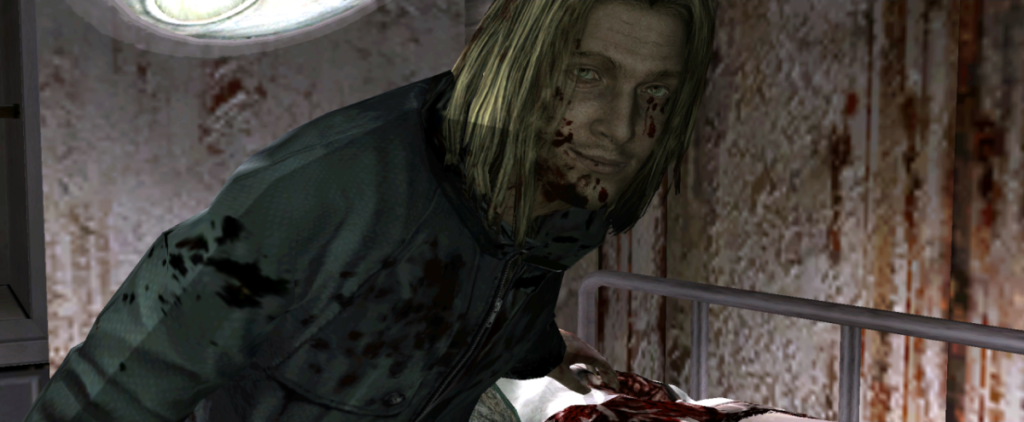
Silent Hill 2 foreshadowed Walter Sullivan’s arrival to the series with a news clipping found in the Woodside Apartments dumpster, reporting his conviction for two murders and subsequent suicide in prison. Within the article were graphic details of the deaths of twins Billy and Miriam Locane. Within the same game, at the end of the Labyrinth level, you can find Walter’s gravestone.
At the beginning of Walter’s life, he was the victim of parental abandonment at the South Ashfield Apartments, where he then imprinted Motherhood and associated safety to the confines of Apartment 302. He was later taken to the Wish House Orphanage, a home for woebegone children. During his formative years there, Walter and many children received physical and psychological abuse from the guard Andrew de Salvo and the religious group known as The Order. The Order was the first to plant the seed of “paradise” and the reconnection with his Mother in Walter’s mind.
When the children misbehaved (according to the twisted judgment of The Order) or did not follow the rigors of the religious tenant, they were taken to the Water Prison, a panopticon of pernicious surveillance. To escape their watch, Walter would sometimes flee the Wish House Orphanage and visit various places for experience outside of his sheltered and violent world. One such place was Garland’s Pet Shop, wherein he would look at the animals in their cages. On one such occasion he hoisted a kitten’s cage and was startled by the owner Steve Garland; the kitten died from the fall and Walter in terror fled the store, Steve Garland’s voice shouting after him.
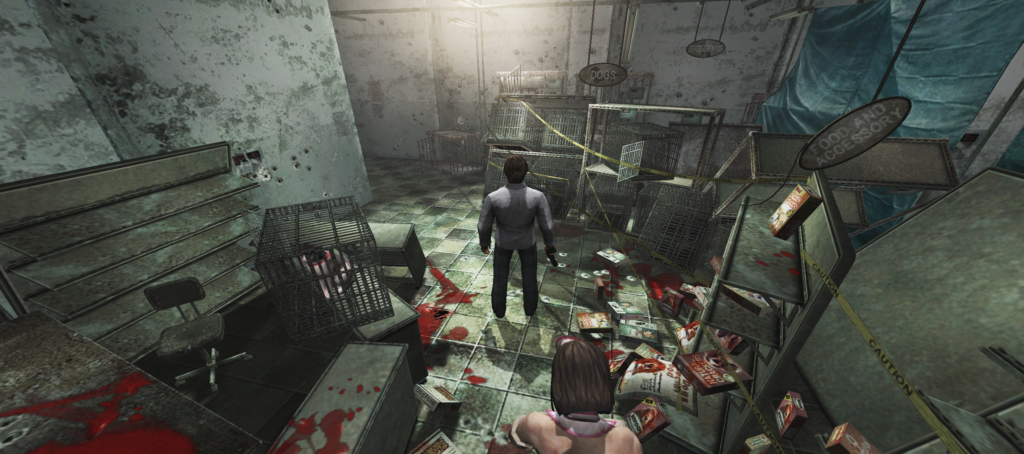
When Walter was a young teenager, he faced homelessness and frequently lived in South Ashfield Station. On a cold, dreary day, Walter experienced one of his only recollections of kindness from a young girl named Eileen Galvin. She gave him her doll for companionship and a smile. Contrasting this experience was a young teenager named Cynthia Velasquez, who thought he was a creep and laughed with her friends at his attempts to be romantic. At the age of 19, Walter attempted some semblance of normalcy at the beautifully wooded area of Pleasant River University. Throughout his life, Walter regularly returned to South Ashfield Heights Apartment 302 with the goal of being reunited with his Mother. In turn, he often found himself facing the wrath of building superintendent Richard Braintree.
By the age of 24, Walter became deeply embroiled in the religious edicts of The Order indoctrinated into him as a child. Walter was instructed that The Descent of the Holy Mother would cleanse the world of vice and cruelty and rebirth god with the offering of 21 Sacraments. The first ten sacraments would require ten hearts. The eleventh sacrament, entitled The Ritual of the Holy Assumption, would require self-crucifixion. He completed this in the Storage Room of Apartment 302, as discovered by the current tenant and Silent Hill 4: The Room protagonist Henry Townshend. Casting aside his mortality, Walter ascended to another plane of existence with the gifts of supernatural powers and worlds of his own creation.
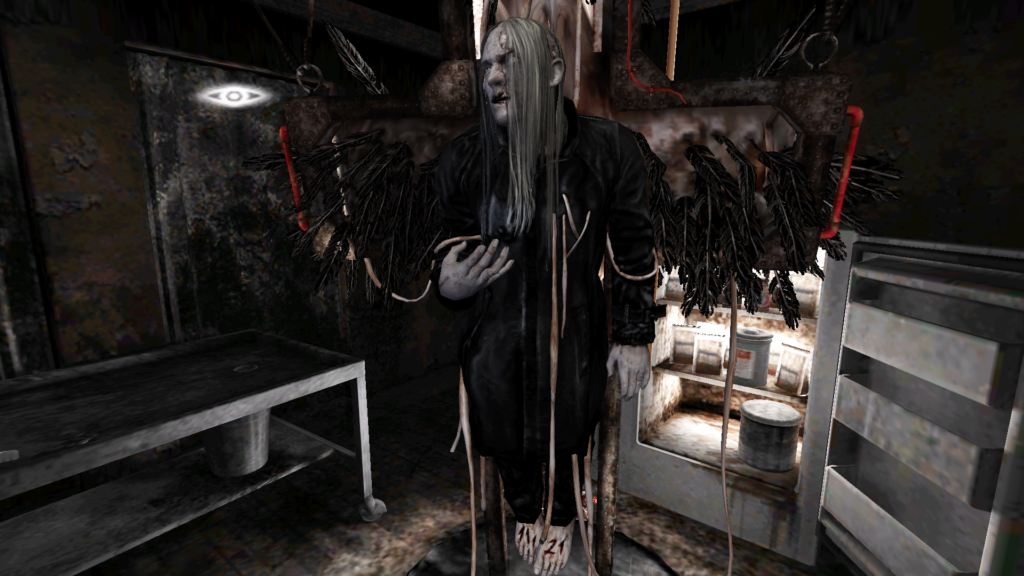
Walter would go on to complete the remaining sacraments as an entity that knew neither hunger, thirst, or sleep. Each sacrament had a number carved into either a nondescript or malicious place on their bodies. In total, there were sixteen male and four female victims. Each victim had at least a passing connection with Walter in childhood, adolescence, or adulthood. The victims were as follows: Number one was Jimmy Stone, who was a member of The Order and oversaw the Wish House Orphanage. He was callously shot in the back of the head. Numbers two and three were Bobby Randolph and Sein Martin, who were tricked by Walter about the Order at Pleasant River University — both strangled.
Steve Garland was number four, killed along with all the animals in his Pet Store with a submachine gun. Number five was Rick Albert, bludgeoned to death inside his Sporting Goods Store on the same day as Steve Garland. George Rosten, the teacher of the 21 Sacraments, was number six and was beaten to death with a pipe. The only children are sacraments seven and eight, who do not return as ghosts but retain a monstrous form. They are the twins Billy Locane — killed with an axe — and Miriam Locane — brutally dismembered. Number nine, William Gregory, an elderly man who owned the Watch and Clock Store and was stabbed to death with a screwdriver. Number ten, Eric Walsh, was a bartender who heard the news on the radio about ongoing murders in the area. Walter was waiting for him at home and shot him in the face. As mentioned previously, Walter was number eleven whose death was suicide by the rite of Holy Assumption.

Number twelve, Peter Walls, was a marijuana addict and lived in Hotel South Ashfield. He was beaten to death. Number thirteen, Sharon Blake, was a reluctant follower of The Order and was drowned in a lake near the woods of Silent Hill. Toby Archbolt, Priest of the Holy Mother and operator of the Wish House Orphanage, was number fourteen. He was the only victim killed outside of the United States, pushed from a cliffside in Mexico. Number fifteen, Joseph Schreiber, was a previous tenant of Room 302 and current journalist who was investigating The Order and Wish House Orphanage. It is unknown if Joseph was murdered immediately upon finding Walter’s body in the storage room or at a later date.
Cynthia Velasquez, number 16, was stabbed to death in Ashfield Station with sacrament numbers carved on her breast. Number seventeen, Jasper Gein, was a religious order fanatic connected to Bobby Randolph and Sein Martin — his corpse found in the Wish House Orphanage immolated by fire. Andrew de Salvo, number eighteen and guard of The Water Prison, was locked inside of a cell and later drowned by Walter. Superintendent of South Ashfield Heights, Richard Braintree, had the number nineteen carved into his forehead while being electrocuted. Eileen Galvin, now a young woman, survived an assault when Walter broke into her apartment. Ready to add Eileen as a sacrament, Walter carved the number twenty into her back, but a younger manifestation of himself protected Eileen, thwarting his plans. Lastly, Henry Townshend, the neighbor of Eileen Galvin, and the current tenant of Room 302. If murdered, he is disfigured beyond recognition with his eyes gouged out and the number twenty-one carved into his neck.
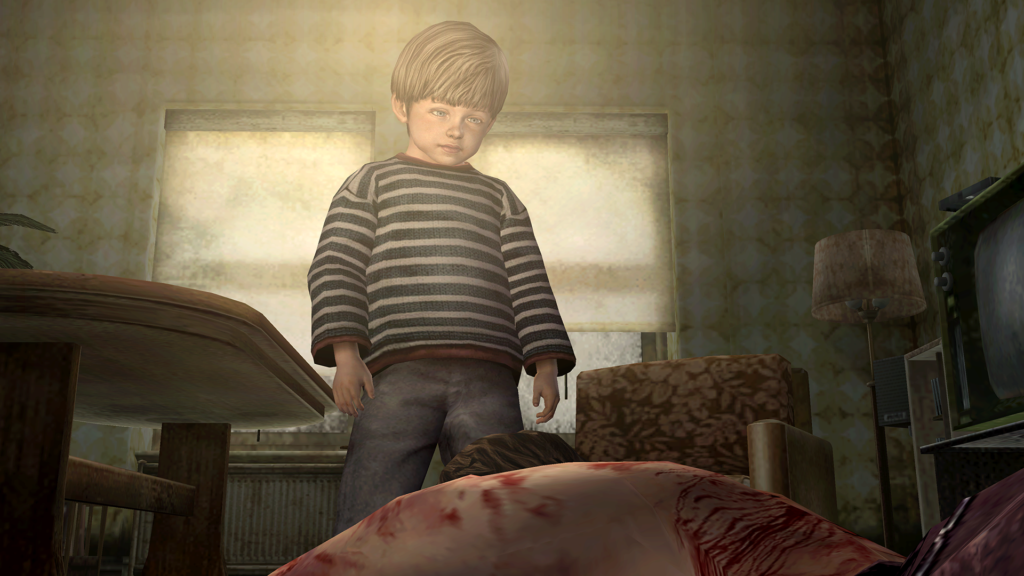
When Walter finally left his home of Apartment 302, he donned the disturbing visage of a man splattered with blood, stunted in life and youth, with vacant catatonic eyes and a perpetual smile. If you see him out and about, wave and be sure to say hello. Then walk —no— run as fast as you can in the opposite direction.
Psychologists, criminologists, and others within the mental health field are still trying to pinpoint the pathways between childhood maltreatment and adult criminal behavior. There’s also burgeoning research that questions are serial killers suffering from repetitive, compulsive behavior, i.e., addiction, that taps into parts of the pleasure-reward center of the brain triggering dopamine releases. Fascinating but ultimately chilling stuff, right?
FBI veteran and author Robert Ressler was a pioneer in criminal profiling and originator of the term ‘serial killer’ who stated in his 1993 book entitled Whoever Fights Monsters, “Let me state unequivocally that there is no such thing as the person who at age thirty-five suddenly changes from being perfectly normal and erupts into totally evil, disruptive, murderous behavior. The behaviors that are precursors to murder have been present and developing in that person’s life for a long, long time – since childhood.”
During the late 1970s and early 1980s, Robert Ressler’s research found that 40% of the serial killers interviewed divulged reports of childhood physical abuse, with 70% witnessing or being apart of sexually stressful events. With around 1,500 killers known there is a rarity of serial murder in history. Notable serial killers that received or claimed violent, sexually traumatic, neglect and/or psychological abuse as children were Aileen Wuornos, Mary Bell, Edmund Kemper, Pedro Filho, Donald Gaskins, Pedro Lopez, John George Haigh, Anthony Sowell, Andrei Chikatilo and many, many, more. Oh, and lest we forget medical serial killers. Although few, there’s a notable penchant amongst them as being ‘angels of mercy’ who are thrill seekers, power-oriented, gain motivated, or mission-oriented that seek to cleanse the world of immoral or unworthy people.
So, I return to my initial question, what does violence, trauma, and religious (cult) fanaticism do to a child? Does the culmination of a series of abusive acts transform a person into a monster or a person with mental health crises? The research and statistical answers say yes and no. Within the confines of Silent Hill, however, Walter Sullivan akin to Alessa Gillespie who created the entirety of the hellish-otherworld of Silent Hill would exclaim a definite yes.
Silent Hill 4: The Room, from a narrative and world-building standpoint is a masterpiece, and its characters truly give the fourth entry in the Silent Hill game series a fundamental realism and psychological underpinning that only Silent Hill 2 attempted to tackle with the same depth and nuance. My personal belief is that Silent Hill 4 is a top-tier game that delves deeply into the quagmire of fear and all of its multi-layered interpretations. In particular, Silent Hill 4 enmeshes the fears of our subconscious with the mundanity of our day to day lives.
What if you were locked inside of your living space and no one could hear you or see you screaming for help? How would you react if you were the victim of abuse? Would you fight or flee? And, what if your quiet community fell prey to a serial killer? What precautions would you take to ensure your safety or to protect those in your immediate area? I could pontificate about life’s macabre meanderings or the Silent Hill game series forever, but no discussion of horror within the home space would be complete without a conversation about the new kid (bio-weapon) on the block.
Join me next time as we conclude the ‘When Horror’ series with Part Four: When Horror Invades Home: Welcome Evelyn Baker.

 TheDaniBethea
TheDaniBethea
